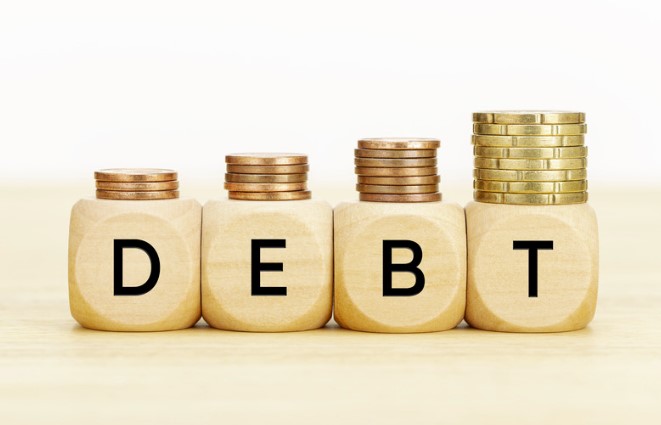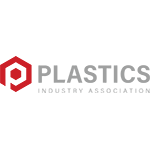Payment in Kind (PIK) debt is a financing option gaining traction, but not without its share of controversy.
Imagine borrowing money and promising to pay back the interest… with more debt. Instead of coughing up cash for regular interest payments, companies can opt to issue additional bonds, notes, or even stock to their lenders. While this will not magically fix a company’s debt issues, this will allow them to conserve cash for operations or investments, particularly during periods of tight liquidity. The accrued interest gets tacked onto the principal, snowballing the total debt over time. This can significantly increase the burden of eventual repayment, potentially leading to defaults down the line.
For cash-strapped companies, PIK offers a lifeline by alleviating immediate pressure and freeing up resources. This can be attractive for distressed companies undergoing buyouts or navigating challenging economic times. PIK can also appeal to lenders seeking high-yield returns, as PIK debt typically offers hefty interest rates to compensate for the added risk. PitchBook explains that in the wake of rate hikes that have sent borrowing costs soaring, leveraged companies are eager to find ways to conserve cash. Private credit lenders, which have been willing to provide structures and features unavailable in other parts of credit, are allowing companies to pay interest with more debt. Large private equity firms like Carlyle Group and KKR are also increasingly using PIK for Leveraged Buyouts (LBOs) and restructurings to preserve cash.
WeWork, the global workspace and office services provider, completed a distressed exchange in May 2023 that converted a significant portion of its interest expenses to PIK. S&P Global said the restructuring pushed out WeWork’s maturity wall to 2027 and reduced interest costs by around $90 million per year. While this lowered the company’s cash interest and provided temporary relief, WeWork filed Chapter 11 Bankruptcy a few months later on November 6, 2023.
The U.S. Treasury in 2020 agreed to allow Yellow, a trucking company formerly known as YRC Worldwide, to PIK part of the interest on a $300 million tranche of a $700 million loan. Three years later, Yellow filed for bankruptcy protection, leaving the government’s ability to recover the PIK interest and other payments in question.
Neiman Marcus filed for Chapter 11 bankruptcy in 2020 after being weighed down by PIK debt, as the
company’s weak sales and declining profitability made it difficult to generate enough cash to make its
interest payments. The company missed its interest payment in April 2020 and eventually filed for
bankruptcy in May 2020.
As the PIK landscape evolves, staying informed about its nuances will be key for credit professionals. While PIK debt can offer a tempting avenue for cash-strapped companies seeking immediate relief, it’s crucial to recognize its limitations as a true fix. By accumulating interest instead of paying it off, PIK debt merely masks underlying financial or structural issues, potentially doubling the overall debt burden in the long run.
Date Published: February 1, 2024





